|
Your search criteria found 473 images Feature Name |
| My List |
Addition Date |
Target
|
Mission | Instrument | Size |

|
1997-12-18 | Io |
Galileo |
Solid-State Imaging |
685x752x1 |

|
|||||

|
1998-06-04 | Ida |
Galileo |
Solid-State Imaging |
1563x915x3 |
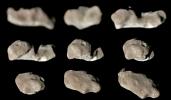
|
|||||

|
1998-06-04 | Ida |
Galileo |
Solid-State Imaging |
1563x915x3 |
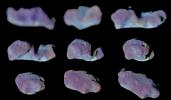
|
|||||

|
1998-08-02 | Hyakutake |
Hubble Space Telescope |
WFPC2 |
991x486x3 |
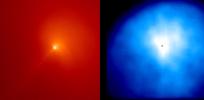
|
|||||

|
1998-08-03 | Hyakutake |
Hubble Space Telescope |
WFPC2 |
1152x893x3 |
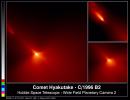
|
|||||

|
2009-11-04 | HR 8799 |
Spitzer Space Telescope |
MIPS |
1100x1100x3 |
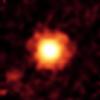
|
|||||

|
2008-10-13 | Holmes |
Spitzer Space Telescope |
IRAC MIPS |
2984x3639x3 |

|
|||||

|
2006-01-09 | Helix Nebula |
Spitzer Space Telescope |
IRAC |
2400x2794x3 |

|
|||||

|
2007-02-12 | Helix Nebula |
Spitzer Space Telescope |
IRAC Multiband Imaging Photometer (MIPS) |
4279x3559x3 |
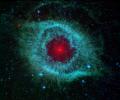
|
|||||

|
2014-04-02 | Helix Nebula |
Hubble Space Telescope |
Hubble Space Telescope |
16000x16000x3 |
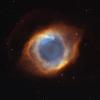
|
|||||

|
2005-04-20 | HD 69830 |
Spitzer Space Telescope |
Infrared Spectrograph (IRS) |
2766x2019x3 |
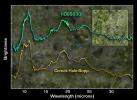
|
|||||

|
2010-09-08 | Hartley 2 |
Deep Impact |
Medium Resolution Instrument (MRI) |
512x512x1 |
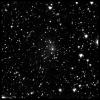
|
|||||

|
2010-10-26 | Hartley 2 |
EPOXI |
Medium Resolution Instrument (MRI) |
642x552x1 |
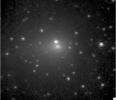
|
|||||

|
2010-10-26 | Hartley 2 |
EPOXI |
600x338x3 | |

|
|||||

|
2010-11-03 | Hartley 2 |
EPOXI |
512x512x1 | |
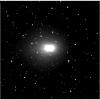
|
|||||

|
2010-11-04 | Hartley 2 |
EPOXI |
High Resolution Instrument (HRI) Medium Resolution Instrument (MRI) |
1274x535x1 |
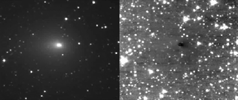
|
|||||

|
2010-11-04 | Hartley 2 |
EPOXI |
Medium Resolution Instrument (MRI) |
501x501x1 |
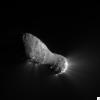
|
|||||

|
2010-11-04 | Hartley 2 |
EPOXI |
High Resolution Instrument (HRI) Medium Resolution Instrument (MRI) |
680x548x3 |
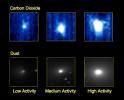
|
|||||

|
2010-11-04 | Hartley 2 |
EPOXI |
High Resolution Instrument (HRI) |
640x327x3 |
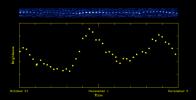
|
|||||

|
2010-11-04 | Hartley 2 |
EPOXI |
Medium Resolution Instrument (MRI) |
2999x2249x3 |
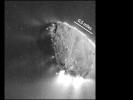
|
|||||

|
2010-11-04 | Hartley 2 |
EPOXI |
Medium Resolution Instrument (MRI) |
2999x2249x3 |
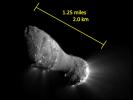
|
|||||

|
2010-11-04 | Hartley 2 |
EPOXI |
2999x2249x1 | |
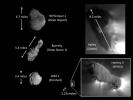
|
|||||

|
2010-11-04 | Hartley 2 |
EPOXI |
Medium Resolution Instrument (MRI) |
2999x2249x1 |
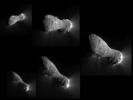
|
|||||

|
2010-11-05 | Hartley 2 |
EPOXI |
Medium Resolution Instrument (MRI) |
501x501x1 |
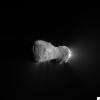
|
|||||

|
2010-11-05 | Hartley 2 |
EPOXI |
Medium Resolution Instrument (MRI) |
501x501x1 |
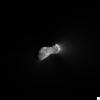
|
|||||

|
2010-11-05 | Hartley 2 |
EPOXI |
Medium Resolution Instrument (MRI) |
501x501x1 |
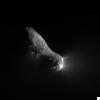
|
|||||

|
2010-11-05 | Hartley 2 |
EPOXI |
Medium Resolution Instrument (MRI) |
501x501x1 |
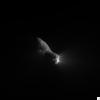
|
|||||

|
2010-11-05 | Hartley 2 |
EPOXI |
Medium Resolution Instrument (MRI) |
513x448x1 |
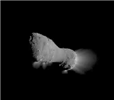
|
|||||

|
2010-11-18 | Hartley 2 |
EPOXI |
High Resolution Instrument (HRI) |
928x496x1 |
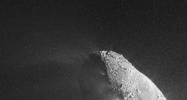
|
|||||

|
2010-11-18 | Hartley 2 |
EPOXI |
High Resolution Instrument (HRI) |
920x920x1 |
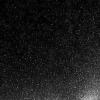
|
|||||

|
2010-11-18 | Hartley 2 |
EPOXI |
Medium Resolution Instrument (MRI) |
960x720x1 |
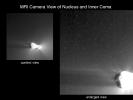
|
|||||

|
2010-11-18 | Hartley 2 |
EPOXI |
High Resolution Instrument (HRI) |
529x400x1 |
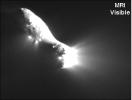
|
|||||

|
2010-11-18 | Hartley 2 |
EPOXI |
Medium Resolution Instrument (MRI) |
439x545x1 |

|
|||||

|
2010-11-18 | Hartley 2 |
EPOXI |
Medium Resolution Instrument (MRI) |
864x625x1 |
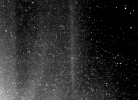
|
|||||

|
2010-11-18 | Hartley 2 |
EPOXI |
Medium Resolution Instrument (MRI) |
456x722x3 |

|
|||||

|
1998-08-02 | Hale-Bopp |
Hubble Space Telescope |
WFPC2 |
1152x825x3 |
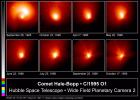
|
|||||

|
1998-08-03 | Hale-Bopp |
Hubble Space Telescope |
WFPC2 |
800x465x3 |
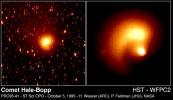
|
|||||

|
1998-03-26 | Ganymede |
Galileo |
Near Infrared Mapping Spectrometer |
1588x762x3 |
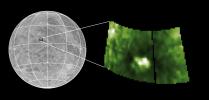
|
|||||

|
1998-03-26 | Ganymede |
Galileo |
Near Infrared Mapping Spectrometer |
445x525x1 |

|
|||||

|
1998-07-15 | Ganymede |
Galileo |
Solid-State Imaging |
790x1413x1 |

|
|||||

|
1998-07-15 | Ganymede |
Galileo |
Solid-State Imaging |
392x398x1 |

|
|||||

|
1998-07-15 | Ganymede |
Galileo |
Solid-State Imaging |
692x480x3 |
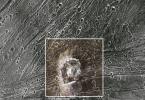
|
|||||

|
1998-07-15 | Ganymede |
Galileo |
Solid-State Imaging |
615x519x1 |
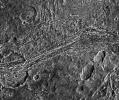
|
|||||

|
1999-10-07 | Ganymede |
Galileo |
Solid-State Imaging |
590x900x1 |

|
|||||

|
1999-10-07 | Ganymede |
Galileo |
Solid-State Imaging |
1078x900x1 |
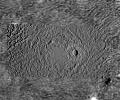
|
|||||

|
2006-01-11 | G29-38 |
Spitzer Space Telescope |
Infrared Spectrometer (IRS) |
3000x2400x3 |
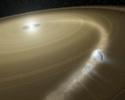
|
|||||

|
1998-03-26 | Europa |
Galileo |
Solid-State Imaging |
719x732x3 |

|
|||||

|
1997-12-10 | Europa |
Galileo |
Solid-State Imaging |
807x920x3 |

|
|||||

|
2000-07-10 | Europa |
Galileo |
Near Infrared Mapping Spectrometer |
950x650x3 |
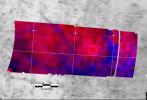
|
|||||

|
2013-12-11 | Europa |
Galileo |
2208x2292x3 | |

|
|||||

|
2013-12-11 | Europa |
Galileo |
Near Infra-Red Mapping Spectrometer |
1601x800x3 |
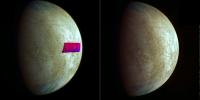
|
|||||

|
2017-02-08 | Europa |
Galileo |
Solid-State Imaging |
1338x2619x1 |

|
|||||

|
2000-08-05 | Eros |
NEAR Shoemaker |
Multi-Spectral Imager |
750x372x1 |
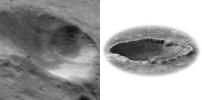
|
|||||

|
2008-10-27 | Epsilon Eridani |
Spitzer Space Telescope |
3000x1600x3 | |
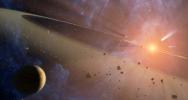
|
|||||

|
2008-10-27 | Epsilon Eridani |
Spitzer Space Telescope |
3000x2400x3 | |
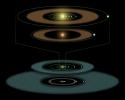
|
|||||

|
2005-01-11 | Encke |
Spitzer Space Telescope |
MIPS |
2154x2154x3 |
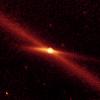
|
|||||

|
2005-08-30 | Enceladus |
Cassini-Huygens |
Ion and Neutral Mass Spectrometer Cosmic Dust Analyzer |
1016x819x3 |
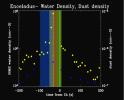
|
|||||

|
2008-03-26 | Enceladus |
Cassini-Huygens |
Ion and Neutral Mass Spectrometer |
1440x1080x3 |
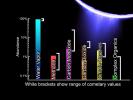
|
|||||

|
1999-01-27 | Earth |
Spaceborne Imaging Radar-C/X-Band Synthetic Aperture Radar |
376x828x3 | |
|
|
|||||

|
1999-04-15 | Earth |
Spaceborne Imaging Radar-C/X-Band Synthetic Aperture Radar |
2447x1789x3 | |
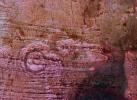
|
|||||

|
1999-04-15 | Earth |
Spaceborne Imaging Radar-C/X-Band Synthetic Aperture Radar |
2206x1758x3 | |
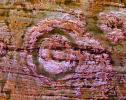
|
|||||

|
2001-12-19 | Earth |
Terra |
MISR |
1548x1713x3 |

|
|||||

|
2002-09-13 | Earth |
Shuttle Radar Topography Mission (SRTM) |
C-Band Interferometric Radar |
3601x3601x3 |
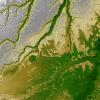
|
|||||

|
2002-09-17 | Earth |
Terra |
ASTER |
1192x998x3 |
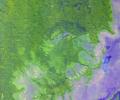
|
|||||

|
2002-09-26 | Earth |
Shuttle Radar Topography Mission (SRTM) |
C-Band Interferometric Radar |
1200x1200x3 |
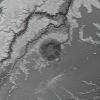
|
|||||

|
2002-09-26 | Earth |
Shuttle Radar Topography Mission (SRTM) |
C-Band Interferometric Radar |
1016x865x3 |
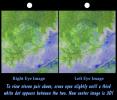
|
|||||

|
2006-01-17 | Earth |
Stardust |
Stardust Capsule |
3008x2000x3 |
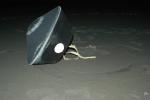
|
|||||

|
2018-04-12 | Earth |
ENVISAT |
2367x1334x3 | |
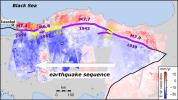
|
|||||

|
2005-07-01 | Comet | 720x573x3 | ||
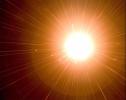
|
|||||

|
2005-07-01 | Comet |
Spitzer Space Telescope |
646x486x3 | |
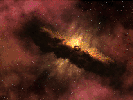
|
|||||

|
2014-11-06 | Comet |
Rosetta |
OSIRIS |
2048x2048x1 |
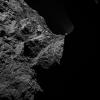
|
|||||

|
2009-01-07 | Comet |
Hubble Space Telescope |
Advanced Camera for Surveys |
846x916x3 |

|
|||||

|
2010-10-05 | Comet |
Wide-field Infrared Survey Explorer (WISE) |
WISE Telescope |
2148x1331x3 |
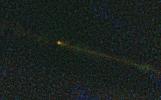
|
|||||

|
2011-02-01 | Comet |
Wide-field Infrared Survey Explorer (WISE) |
WISE Telescope |
3754x3004x3 |
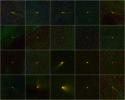
|
|||||

|
2014-12-10 | Comet |
Rosetta |
Rosetta NAVCAM |
1688x1999x1 |

|
|||||

|
2013-09-10 | Comet |
Spitzer Space Telescope |
IRAC |
2400x2400x3 |
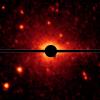
|
|||||

|
2013-11-14 | Comet |
MESSENGER |
MDIS - Wide Angle |
2300x1150x3 |
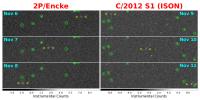
|
|||||

|
2013-11-25 | Comet |
MESSENGER |
MDIS - Wide Angle |
656x453x1 |
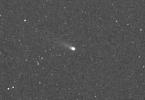
|
|||||

|
2013-11-25 | Comet |
MESSENGER |
MDIS - Wide Angle |
656x453x1 |
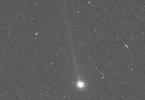
|
|||||

|
2014-01-24 | Comet |
Rosetta |
1986x1174x3 | |
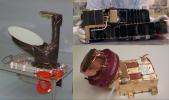
|
|||||

|
2014-01-24 | Comet |
Rosetta |
1203x902x3 | |
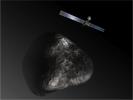
|
|||||

|
2014-01-24 | Comet |
Rosetta |
VLT |
1866x1049x3 |
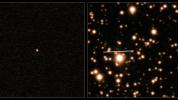
|
|||||

|
2014-02-27 | Comet |
NEOWISE |
NEOWISE Telescope |
1148x1148x3 |
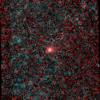
|
|||||

|
2014-03-27 | Comet |
Rosetta |
OSIRIS |
766x559x1 |
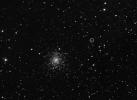
|
|||||

|
2014-03-27 | Comet |
Rosetta |
OSIRIS |
2048x1966x3 |
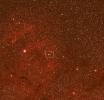
|
|||||

|
2013-10-09 | Comet |
Hubble Space Telescope |
946x929x3 | |
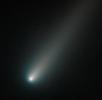
|
|||||

|
1986-03-14 | Comet | 1836x961x3 | ||
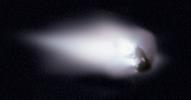
|
|||||

|
2003-09-05 | Comet |
Hubble Space Telescope |
2400x1918x1 | |
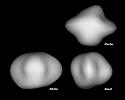
|
|||||

|
2014-05-15 | Comet |
Rosetta |
OSIRIS |
1000x1000x3 |
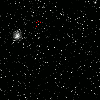
|
|||||

|
2014-06-19 | Comet |
Rosetta |
OSIRIS |
1025x1025x3 |
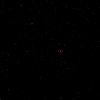
|
|||||

|
2014-07-03 | Comet |
NEOWISE |
NEOWISE Telescope |
1329x957x3 |
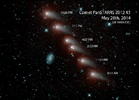
|
|||||

|
2014-07-17 | Comet |
Rosetta |
OSIRIS |
502x250x1 |
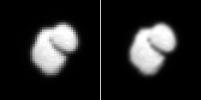
|
|||||

|
2014-07-17 | Comet |
Rosetta |
OSIRIS |
480x480x1 |
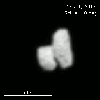
|
|||||

|
2014-07-24 | Comet |
Rosetta |
OSIRIS |
1465x404x1 |

|
|||||

|
2014-07-24 | Comet |
Rosetta |
OSIRIS |
1000x1000x1 |
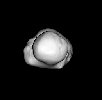
|
|||||

|
2014-07-31 | Comet |
Rosetta |
OSIRIS |
423x442x1 |

|
|||||

|
2014-07-31 | Comet |
Rosetta |
OSIRIS |
726x523x1 |
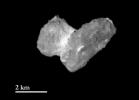
|
|||||

|
2014-08-06 | Comet |
Rosetta |
OSIRIS |
946x710x1 |
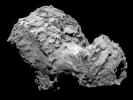
|
|||||

|
2014-08-06 | Comet |
Rosetta |
OSIRIS |
946x710x1 |
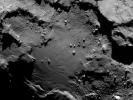
|
|||||

|
2014-08-14 | Comet |
Rosetta |
OSIRIS |
2048x2048x1 |
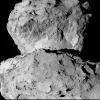
|
|||||

|
 |
 |
 |
 |
 |

|
| 1-100 | 101-200 | 201-300 | 301-400 | 401-500 |
| Currently displaying images: 201 - 300 of 473 |